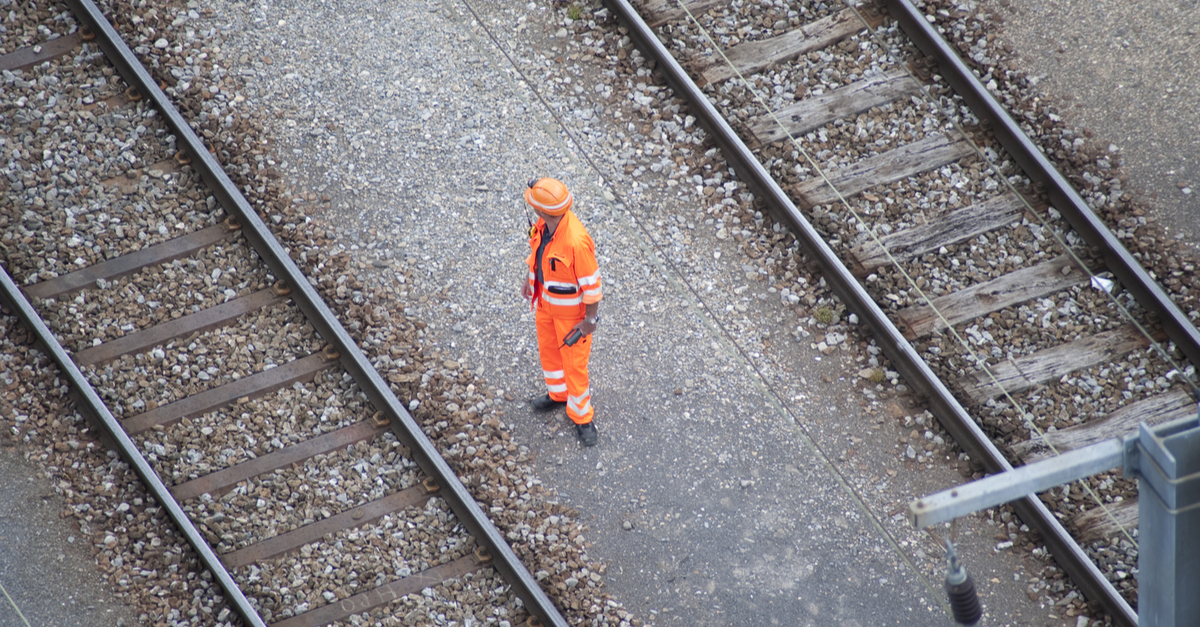I have often been asked why we designed our LILEE SafeRail system to include not only collision avoidance functionality but also limits compliance for maintenance-of-way (MOW) equipment. The answer is simple: collision avoidance alone will not prevent the types of accidents that we seek to prevent. To be fair, there are many systems on the market that claim “collision avoidance” for on-track vehicles. However, these systems offer different approaches that only address collision avoidance from a technical perspective, which alone is insufficient to prevent the safety issues that we know exist today. Moreover, simply because two or more vehicles are protected by a collision-avoidance system does not prevent the vehicles from hazards such as work zone limits violations.
Challenges to be urgently addressed
PTC (Positive Train Control) was fully implemented in the end of 2020. While the training and technology in the railroad industry have made it one of the safest places to work, automation and new technologies can further address the industry’s unique challenges when it comes to roadway worker protection and MOW vehicles. Consider the potential for the following incidents:
- A collision between two or more MOW vehicles or between an MOW vehicle and MOW equipment operating within an authorized work zone
- An incident where an operator of MOW equipment unknowingly violates the working limits that have been assigned or movement authority granted
- A MOW vehicle accidentally placed on an adjacent track where protection has not been granted
- False impending collision alarms generated by MOW vehicles working on adjacent tracks due to imprecise location determination
- Movement of a MOW vehicle within an authorized work zone that violates the terms set by the Employee in Charge
- Obstruction of an adjacent in-service track created by a MOW vehicle operating on an out-of-service track
SafeRail—Complete collision avoidance system with work zone limits compliance
Accommodating for the vulnerabilities inherent in traditional collision avoidance systems, we designed SafeRail to include the following key features:
- Comprehensive work zone limits compliance with collision avoidance protection – First and foremost, traditional collision avoidance systems do not incorporate any sort of limits compliance with their system. While those systems may provide a protective “bubble” around MOW vehicles operating in close proximity, there is no safety mechanism that prevents those vehicles from entering a wrong work zone or leaving its authorized work zone by accident. Without limits compliance, vehicle-to-vehicle collision may be prevented, but train-to-vehicle collisions outside of a MOW vehicle’s authorized work zone can still happen.
- Automatic “always-on” protection – After looking at the MOW employee safety systems that were available, there was a recurring theme that became evident: that is: asking on-track employees to remember to perform a variety of tasks to maintain the protection the system could provide. For example, one system required MOW workers to place protective equipment at a precise location along the work zone, yet the lack of position accuracy due to human errors could undermine safety. For roadway worker protection, we believe a safety system should not depend a lot on human interventions in the field.
- Precise track determination – It is critically important to have a safety system that provides highly precise track determination for MOW vehicles operating on multiple adjacent tracks. While older GPS technologies necessitated the use of additional measures, such as a human-machine interface to “tell” the system on which tracks the MOW vehicle initializes, newer technologies allow us to precisely determine the track on which a MOW vehicle is operating without intervention from the operator.
- Real-time “vehicle-to-vehicle” protection – Some collision avoidance systems rely on connectivity with a back-office system to orchestrate the MOW vehicle protection. In these kinds of systems, the back office collects location information for all MOW assets, determines whether the potential for a collision or a work zone violation exists, and then communicates this information back to the MOW assets. With SafeRail, the back office has visibility into the locations and health of all MOW vehicles, but the potential for a collision or a work zone violation is computed in real-time in each SafeRail-equipped vehicle in the field. This means that any latency in the communications network does not impact the responsiveness of the system.
- Obstacle detection and detection of fouled adjacent track – Even with precise track determination, a potential collision still exists when MOW equipment operating on the correct track fouls the adjacent in-service track. For example, a backhoe operator may not realize that the digging bucket was left in a position that fouled an adjacent track envelope, which resulted in a hazardous condition. Thanks to the options for LiDAR and cameras-based object detection, SafeRail provides ample warning to the operator and MOW personnel in the vicinity to take immediate corrective actions.
- Agnostic and flexible communications options - SafeRail does not rely on proprietary communications technology. It is designed to utilize standard LTE – 5G networks and other IP-based mediums .
Implementing a roadway worker protection System
Interested in exploring how to increase your MOW employee safety? Schedule a call to discuss the PTC 2.0 solution with LILEE’s rail safety expert Yale Lee at yale.lee@lileesystems.com
